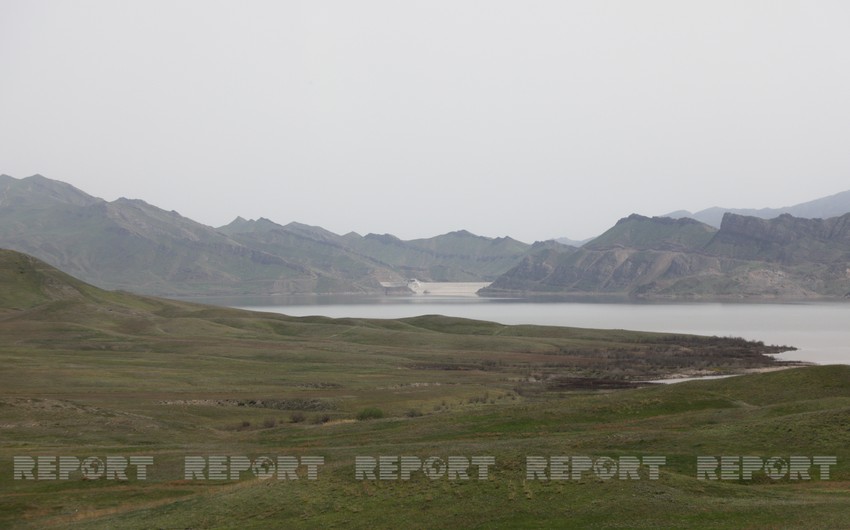Extensive restoration work is underway in Karabakh, and people will be able to return to their native lands and homes from where they were once expelled, Danish tourist Magnus Seiersen Nielsen, who visited Azerbaijan's Karabakh and East Zangazur regions as part of an international group of travelers, told Report.
"We were in Shusha. We also eyewitnessed the minefields where sappers work," he shared his impressions.
The traveler said that what he saw made a strong impression on him, since clearing territories from mines is a tremendous job. Only after its completion will people be able to return to their lands.
"I was shocked by the scale of destruction in these territories. Many houses were almost completely destroyed. Only in Shusha some of them have survived. But I see that restoration work has already begun. I hope that people who were once expelled from here will soon be able to return to their homes," he said.
Commenting on the acts of vandalism committed by the Armenian side on the liberated lands, Magnus Nielsen said that he hopes to return to Karabakh in a few years. "I would like to see these places, in 5-10 years, to see how everything has recovered and how life is going here," he said, adding that cities and villages here "will have to be built from scratch."
Karabakh and East Zangazur are hosting an international group of travelers representing 11 countries. The 30-member group includes travelers from the United States, the UK, Ireland, Belgium, Germany, France, Denmark, the Netherlands, Italy, Spain and Brazil. On February 4-6, travelers are visiting the liberated territories of Azerbaijan along the Fizuli-Khojavand-Shusha-Kalbajar-Lachin-Zangilan-Jabrayil-Aghdam route.


 https://static.report.az/photo/c5dd404f-b6d3-3689-89ff-3e8707879885.jpg
https://static.report.az/photo/c5dd404f-b6d3-3689-89ff-3e8707879885.jpg

